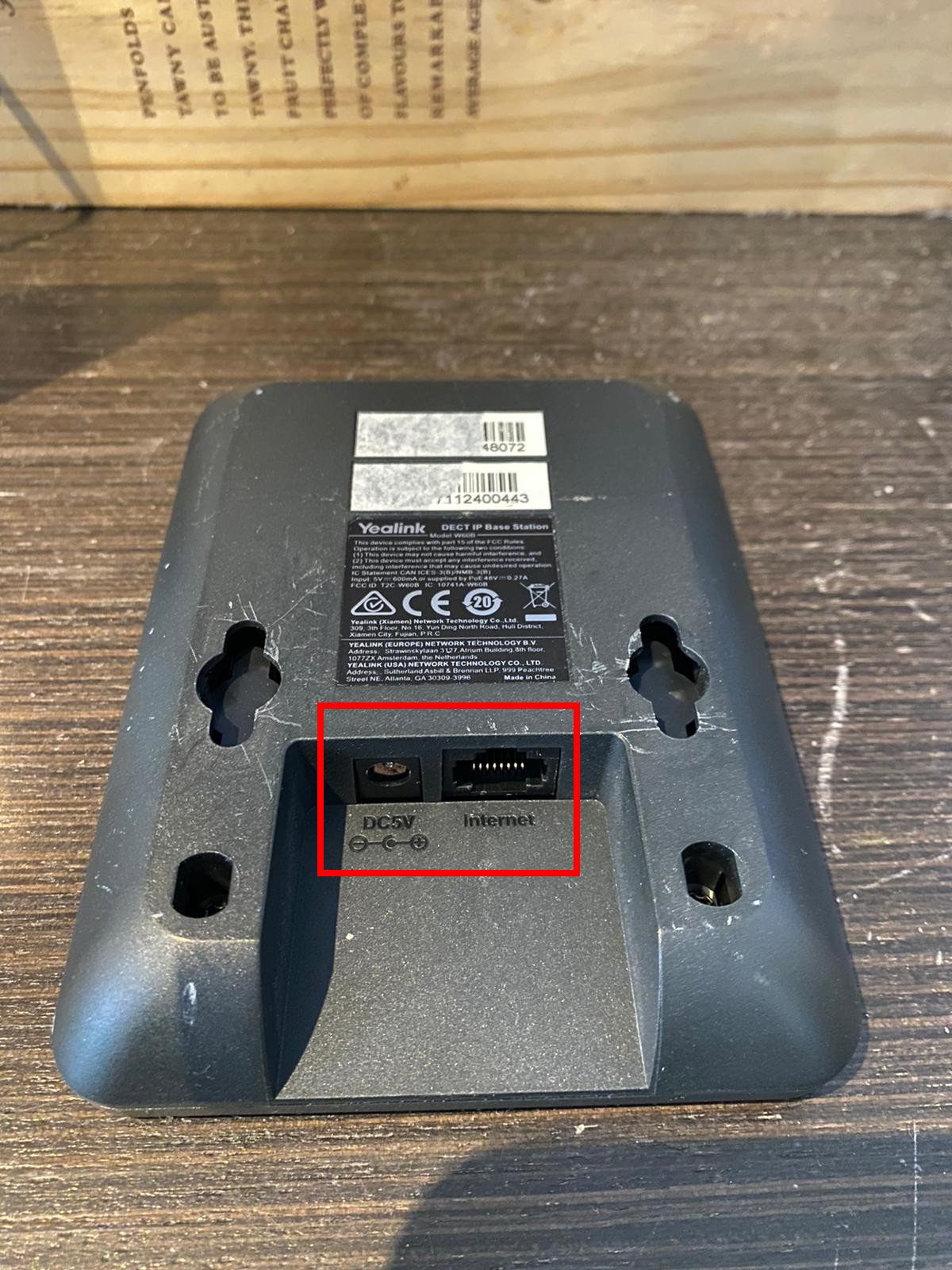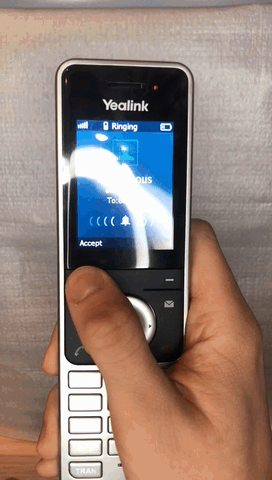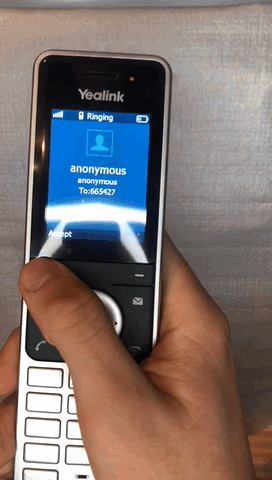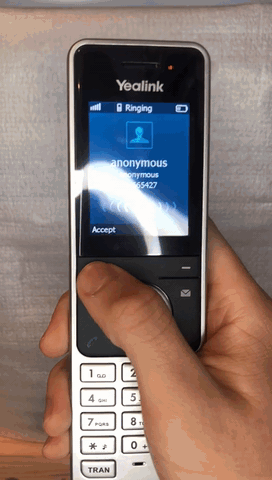- support@bgpgroup.com.au
- 1300 827 154
- NBN Coverage
- Opticomm Coverage
- My PABX
6 min read
Table of contents
At the end of this article, you will be able to manually configure your Yealink DECT handset with a SIP device within your PBX. Should you need any assistance, feel free to contact our support department.
To start the configuration process you will need to unpack the device and connect the handpiece, power supply and mounting bracket. Follow the instructions booklet included with the device for further guidance. Replicate the diagram below by connecting the ethernet cable to the internet port located at the back of the phone. If you are operating PoE or Power over Ethernet network switch within your internal network, do not plug the power adapter in.

Powering your Yealink device will obtain an IP address from your network which can be located by clicking the menu > ‘status’ > select base on the W53H cordless handset > click OK. Alternatively, download third-party software, such as ‘advanced IP scanner’. Once downloaded and running, you can define your internal IP range to be scanned. The base station ‘W60B’ will be shown and present its IP address.
Open a web browser on your PC on the same network as your Yealink DECT, and enter the previously obtained IP address into the browser. The login page will populate, prompting you to enter the Yealink admin credentials. By default, it is “admin” for username and password.
Next, login to your customer portal, select the PBX tab and click on SIP devices towards the bottom-left corner. Select the SIP device you would like to connect to your Yealink cordless handset and record the SIP login, password, SIP server and port number details.
Head back to the Yealink web configuration screen, click on the account tab, followed by the register button from the menu on the left. As shown in the image below, enter your SIP device details in the required fields. We recommend selecting TCP as the transport protocol and setting the registration server expiry to 120 seconds. After entering the device information, click confirm towards the bottom of the page. Please note, if you would like to set additional Yealink cordless handsets, you will be required to order more SIP devices. Once ordered, configure a second account on the ‘account’ drop-down list within the Yealink web configuration screen.
Once you have entered the details, head back to your PBX and the device status should change to green, indicating the device is online and has connected successfully. If the device is still red, double-check to ensure you have clicked the Apply configuration button and the input details in the web-configuration are correct. Allow up to 15 minutes when re-entering the device details to complete the registration.
Head back to the Yealink web configuration screen to manage which SIP device is linked to which Yealink cordless handset. Select the account tab and click on ‘number assignment’ on the left menu. A table will generate, displaying the active lines to the handsets.
There are three ways to simply transfer calls to other users on a Yealink W56H. This includes blind transfers, semi-attended transfers and attended transfers.
Blind transfer refers to a call being directly transferred to a third party without consulting beforehand. To blindly transfer a call to another user, click on options while you have a customer on the line. Then, select transfer and enter the extension or number you wish to send the call through and click transfer.

Semi-attended transfer refers to a call being transferred to a third party while the extension rings, and before the person at the extension answers the call. To complete a semi-attended transfer to another user, click on options while you have a customer on the line. Then, select transfer and enter the extension or number you wish to send the call through and press OK. Once you hear the dialled extension’s ringtone, click transfer to send the call through.

Attended transfer refers to a call being transferred to a third party with prior consultation with the dialled user. To complete an attended transfer to another user, click on options while you have a customer on the line. Then, select transfer and enter the extension or number you wish to send the call through and press OK. Once the dialled user answers the call, click transfer to send the call through. If the user is unavailable to take the call, the call will divert back to the original caller.

Some of the Yealink devices, such as T53W, T54W, T57W, T58A, T58V and T59 are capable of acting as a DECT base station while using a Yealink DD10K Dect USB Dongle. Please note that the Yealink DD10K DECT USB Dongle must be purchased separately from the other Yealink handsets. When acting as a base station, the T5 handset itself is still fully capable of making and receiving calls.

Firstly, plug the DD10K to the USB port of the handset, as shown in the image below. Once plugged in, you should be able to identify new options on the web interface configuration of the phone.

Next, register the other Yealink handsets by following the instructions described in the “connecting your device” section of this article. Select the “number assignment” button from the left-hand side menu and relate the configured SIP accounts to the handsets connected to the base station. Lastly, confirm the changes and make a test call to ensure the phones have the ability to place and receive calls.

Once you have registered at least one DECT phone to the T5, you will have the ability to activate the master/slave mode. This mode allows you to seamlessly transfer calls between the T5 phone and the registered DECT handset. To enable the master/slave mode, access the handset’s web-configuration > select the handset from the left-hand side menu > choose a device as master and another as slave.

Now, when calls are answered on the master T5, you can transfer the call by pressing the more soft key and then call shift button. This action will automatically transfer the call to the slave handset. Alternatively, if you wish to transfer from the slave device to the master, you only need to press transfer and then the intercom option.